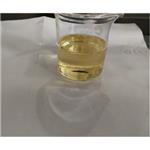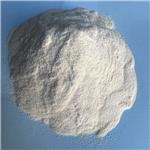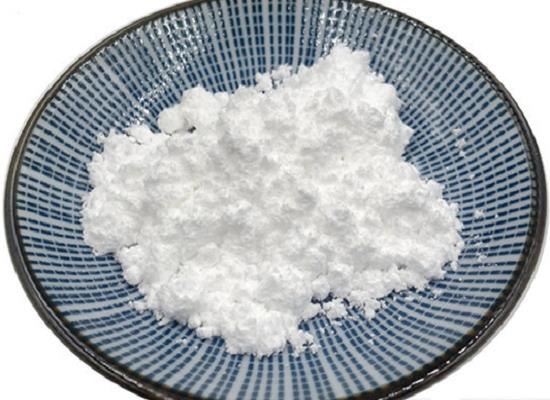Glufosinate-Ammonium: Discovery and Physicochemical Properties
Oct 22,2024
Glufosinate-ammonium is a highly effective herbicide used to control weeds in more than 100crops in many countries worldwide. It is characterized as a highly soluble and volatile white to light yellow crystalline solid with a slightly pungent odor, and exposure occurs by inhalation, ingestion, or contact.

Discovery
Glufosinate-ammonium was frst brought to market in 1984. Today it is registered for use to control weeds in a variety of crops worldwide,including soybeans, corn, canola and cotton, which have been modified through genetic engineering to be tolerant to Glufosinate-ammonium.As a broad-spectrum herbicide, Glufosinate-ammonium acts against a wide range of annual and perennial broadleaf weedsand grasses. This also includes difficult-to-control Glyphosate-resistant weeds such as amaranthus, lolium, conyza and malva.
Toxicity
Glufosinate ammonium is the main herbicide used globally, which is predominantly consumed in the regions located in the USA, China, Europe, Northeast Asia and South America. Acute glufosinate poisoning could result in various moderate-to-severe central nervous system (CNS) and respiratory system toxicities.
Gastrointestinal symptoms are the most common indications of glufosinate herbicide intoxication. Moderate-to-severe CNS toxicities include stupor, drowsiness, seizure, coma, agitation, confusion, and retrograde amnesia. In addition, palsy of 6th cranial nerve, prolonged overall cognitive dysfunction and psychosis-like symptoms, and reversible splenial lesion syndrome have been reported in intoxicated patients.
References:
[1] HUDSON K TAKANO F E D. Glufosinate-ammonium: a review of the current state of knowledge[J]. Pest Management Science, 2020, 76 12: 3881-4317. DOI:10.1002/ps.5965.
[2] JEN-TSO HSIAO MD . Assessment of glufosinate-containing herbicide exposure: A multi-center retrospective study[J]. American Journal of Emergency Medicine, 2021, 50: A1-A16. DOI:10.1016/j.ajem.2021.08.017.
[3] RAFAEL C. LAJMANOVICH . Glyphosate and glufosinate ammonium, herbicides commonly used on genetically modified crops, and their interaction with microplastics: Ecotoxicity in anuran tadpoles[J]. Science of the Total Environment, 2022, 804. DOI:10.1016/j.scitotenv.2021.150177.
- Related articles
- Related Qustion
- Effect of glufosinate ammonium on environment Mar 29, 2022
Glufosinate ammonium is a broad-spectrum contact killing herbicide
1,7-Dimethylxanthine is a naturally occurring alkaloid compound that can enhance alertness and reduce drowsiness.....
Feb 27,2025APITofacitinib citrate is the citrate form of tofacitinib, a highly potent, orally active Janus kinase (JAK) inhibitor approved for the treatment of moderate-to-severe rheumatoid arthritis (RA) with an inadequate response or intolerance to met....
Oct 22,2024DrugsGlufosinate-ammonium
77182-82-2You may like
Glufosinate-ammonium manufacturers
- Glufosinate ammonium
-

- $0.00 / 1kg
- 2025-04-11
- CAS:77182-82-2
- Min. Order: 1kg
- Purity: 97%
- Supply Ability: 20000
- Glufosinate ammonium
-

- $66.00 / 100mg
- 2024-11-19
- CAS:77182-82-2
- Min. Order:
- Purity: ≥98%
- Supply Ability: 10g
- Glufosinate-ammonium
-

- $19.00 / 1KG
- 2024-10-11
- CAS:77182-82-2
- Min. Order: 1KG
- Purity: 99.%
- Supply Ability: 50 ton






